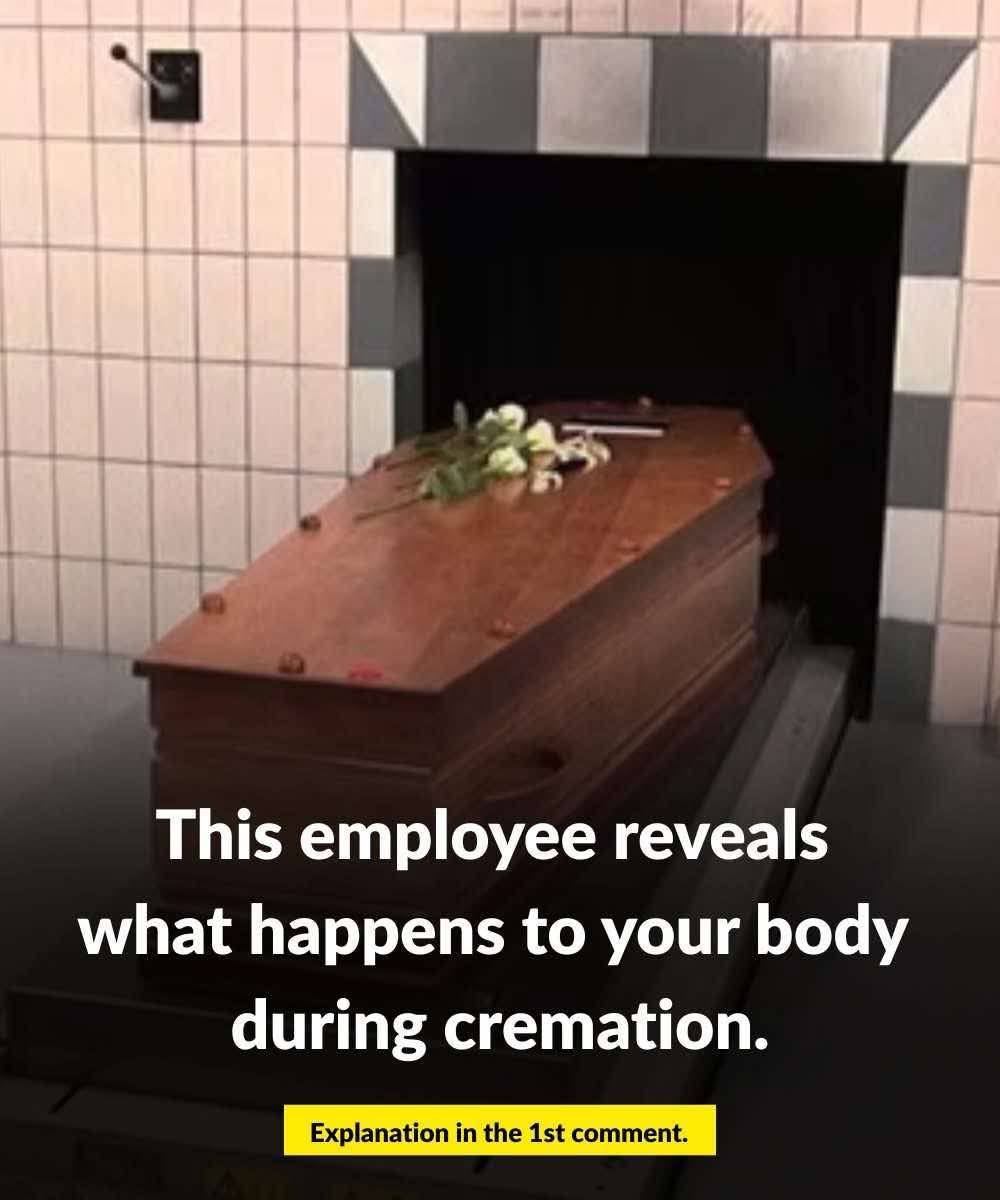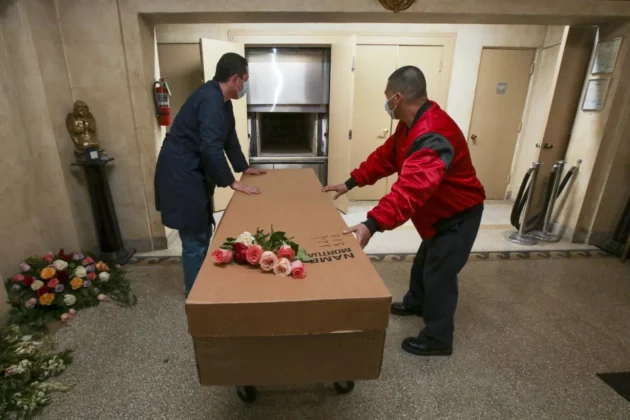
While cremation remains a sensitive topic in various cultures and religious traditions, it has become an increasingly preferred alternative to traditional burial in recent years.
Much of the hesitation surrounding cremation stems from common misunderstandings, which often lead to fear rooted in uncertainty. Lauren, a former funeral home employee known on TikTok as @lovee.miss.lauren, has taken it upon herself to educate her 2.5 million followers by breaking down the cremation process and dispelling some widespread myths.
One of the most frequently asked questions she receives is, “How do I know the ashes I get actually belong to my loved one?”
To clarify, Lauren explains that once a body arrives at the crematory, it is assigned a metal plate engraved with a unique ID number. This plate stays with the body throughout the entire cremation process.

Once cremation is complete, the ashes are placed into a bag marked with the same identification, and a cremation certificate is issued that includes the deceased’s name and corresponding registration number.
While some inquiries may sound unusual, they touch on genuine concerns. For instance, one person asked whether a tampon is removed if a woman passes away while menstruating.
Lauren notes that in most cases, an autopsy is conducted prior to cremation, and any such items — including tampons — are removed, particularly if embalming is involved. These steps are only taken with the family’s permission and follow strict guidelines to ensure the body is treated with respect.
Louise Singer, who manages Bramcote Bereavement Services in the UK, also offered insight into the cremation process. Before cremation begins, staff inspect the coffin to remove anything unsuitable for the furnace, such as metal items or tributes that could pose safety risks.

One critical precaution is checking for a pacemaker. If left inside the body, a pacemaker can explode under high temperatures and potentially lift a 20-ton, seven-inch-thick cremation chamber off the ground.
Cremation typically occurs at temperatures between 800 and 1,000 degrees Celsius and takes about an hour and a half to complete. Staff monitor the procedure through a small viewing port to ensure everything proceeds safely.
If you have additional concerns or curiosities about cremation, reaching out to a funeral director is always recommended.